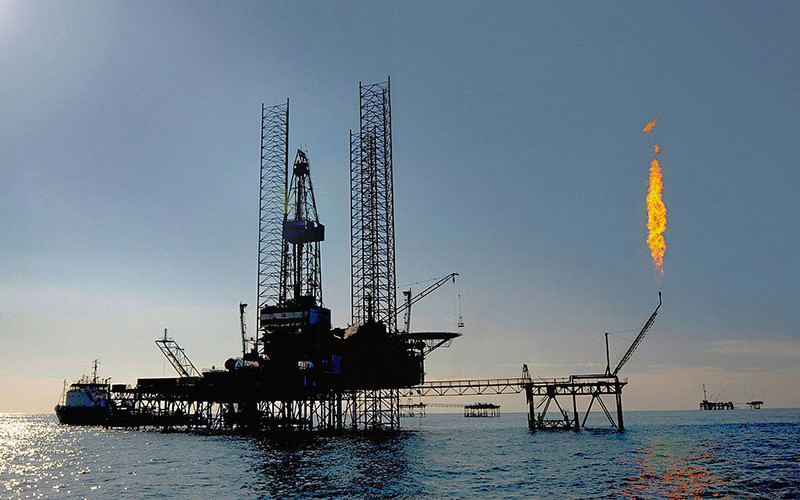Global gas demand is projected to rise in the next decade, thus influencing a 12.5% surge in production between 2023 and 2030.
However, Rystad Energy forecasts that even in scenarios of 1.9 and 2.5 degrees Celsius warming, with rapid growth in renewable energy sources, the current set of existing gas fields will not meet global demand, requiring rapid growth in unconventional gas supply. Gas-rich geographies such as the Middle East, with basins such as Rub al Khali, will play an essential role in bridging that gap, providing an estimated 20 million tons per annum (tpa) of LNG by 2040.
The production of unconventional gas, such as shale, has experienced rapid growth in recent years due to technological advancements and reduced lead times. This rapid growth has driven the global share of unconventional gas supply in global gas production at a pace that has previously required significantly more time to achieve, escalating from 4% in 2000 to 12% in 2022 and 35% in 2023.
The influx of affordable gas from unconventional sources and ongoing supply from exporting countries like Russia has tempered exploration efforts for conventional gas. This is evident in that nearly 70% of discovered conventional volumes have yet to receive sanctions for development, showcasing the hurdles and reluctance to develop some of these finds.
Historically, Russia and the Middle East have dominated conventional gas production. This is not slowing down anytime soon, with Middle Eastern countries ramping up gas volumes as part of their new energy transition strategies.
“Gas is increasingly considered a crucial stepping stone to a sustainable future. With reduced emissions and regional energy security goals aligned, gas is poised to play a pivotal role in the global energy transition. The Middle East is a key driver of this shift, slowly moving into developing and increasing gas volumes as part of their new energy transition strategies,” said Aatisha Mahajan, vice president of exploration with Rystad Energy.




